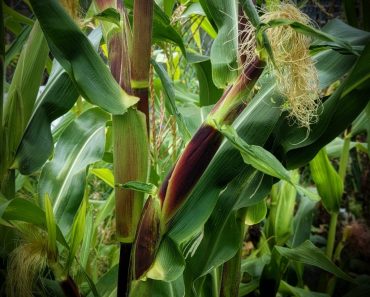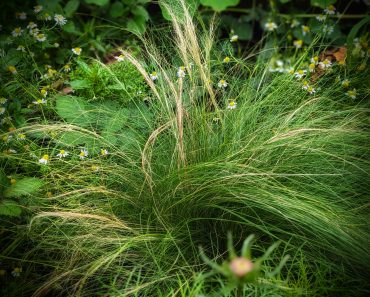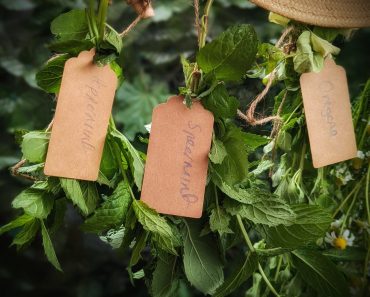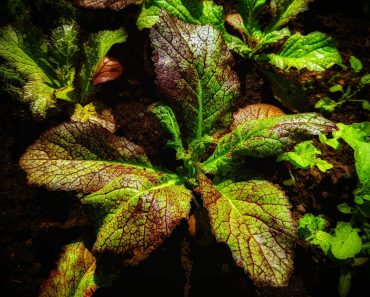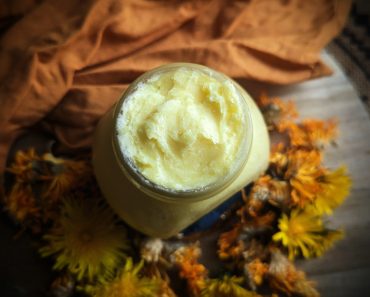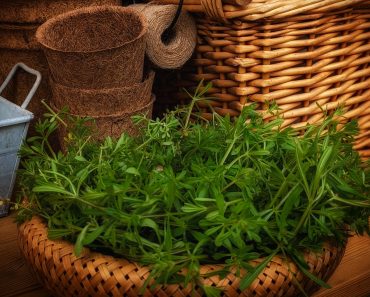Leeks are a Hardy, mildly favoured member of the Onion family. They are easy to grow from seed and require very little fussing once established. Read on to see how I grow mine…
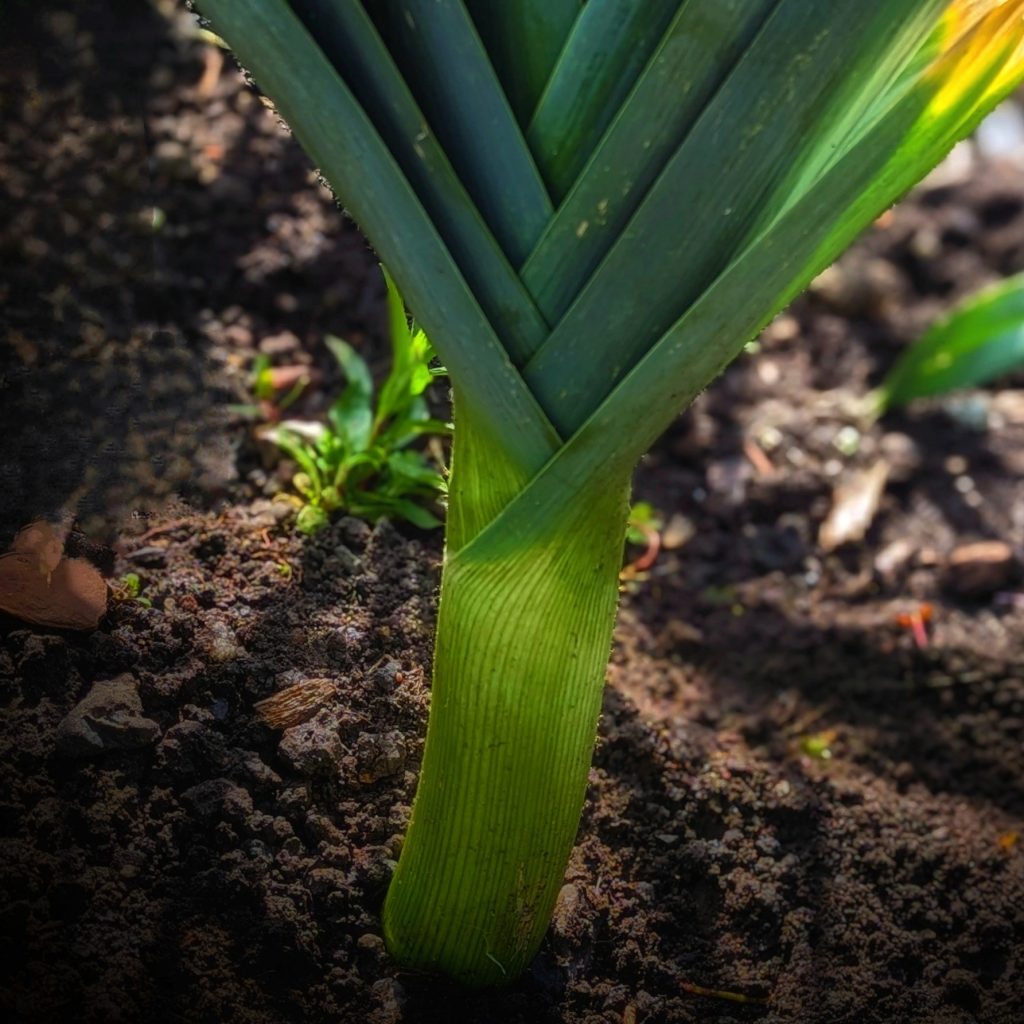
What are Leeks ?
Leeks are Alliums and so are closely related to Onions, Garlic and even Chives! They have a sweet, mild onion flavour and are the perfect accompaniment to soups and stews.
Leeks have white stems (shanks) and are topped with a flamboyant fountain of dark Green Leaves. There are many varieties of Leeks to choose from, most of which are Hardy enough to tolerate our cold English Winters.
Leeks will usually reach maturity within 5 months. You can also harvest them young in as little as 2 months after sowing-Young leeks are particularly tender…delicious!
A Little Leek History
Leeks have been cultivated by mankind for thousands of years, as far back as the Ancient Egyptians and Greeks! The Ancient Greek Physician Hippocrates also known as the ‘father of medicine’ believed the Leek to be far more than a Vegetable for consumption but a medicinal aid too, he would often prescribe the use of Leek as a cure for Nosebleeds!
Emperor Nero the ruler of The Romans loved Leeks so much that he was given the Nickname ‘Porophagus’- meaning Leek eater! He believed that Leeks had the ability to improve a person’s singing voice and so he ate them by the cart load!
But how did Leeks find their way to England? It is thought, Phoenician traders (master seafarers and traders who acted as middlemen forming trades between one nation to another, trading goods across the oceans) They introduced the leek To Wales when they were brought to our shores for the purpose of trading tin. They had a cargo of Leeks on the ship to sustain the crew on their long sea voyage…some got brought ashore…and here we are!
The Welsh
Legend has it that in 640 AD, the King Cadwallader and his men were engaged in battle with the Saxons. They needed a way to distinguish themselves from the enemy and so the Welsh wore leeks in their hats! They won the Battle …making the Leek, a Lucky charm for the welsh people!
Leek Varieties To Try…
Early Season Leeks
- Carlton is a fast grower and yields a very early crop. It has long straight stems and has an excellent flavour. Harvest from Late Summer- Mid Autumn
- Leek ‘Sprintan F1’ – a very early cropping leek, ready to harvest from late August – November. Very good resistance to leek rust.
- King Richard a very early cropping variety. It can be harvested from July when grown from early February sowings, less hardy than other varieties so lift before Christmas
- Pancho Early to mature, but will happily stand until mid-winter
Mid Season Leeks
- Edison fairly disease resistant with excellent flavour, harvest young or wait until they reach maturity in Autumn or Winter.
- Oarsman a delicious mid-season variety. Quick to establish with good tolerance to rust and bolting. A good variety to choose for a long harvest. Lift from-September-April
- Porbella Has good resistance to rust and is very winter hardy. Harvest from October- February
- Musselburgh is a well-known favourite. Very reliable grower with excellent flavour, very cold hardy. Harvest from Autumn Onwards
Late Season Leeks
- Blauwgroene Winter – Bandit is an outstanding variety with very good winter hardiness. Excellent tolerance to rust and bolting. Harvest from Winter-Spring
- Below-Zero’ F1 Hybrid Extremely cold tolerant. Producing leeks that can tolerate the coldest of winters. Resistant to rust and stands well over a long period without bolting. Harvest from Christmas time to late May
- Tadorna Leek Extremely winter hardy. Can stand over a long period without bolting. Harvest from December to March.
Common Leek Problems
Leek rust– A fungal disease causing orange spots on the leaves. Treat a rust infection immediately by removing all the damaged leaves and destroying them by way of fire or throw them out with household rubbish- Do not compost them.
Allium leaf miner– These critters can weaken the plant and open the door for more damage from fungal infections to arise. They only way to remedy this problem is by prevention! Cover your crop with insect mesh, especially during the danger periods March – June and September. If you are unlucky enough to get a leaf miner infestation the only choice you have is to uproot your affected leeks and burn them.
Alium Moth– Again, prevention is key, cover your Crops with insect mesh. If you do find white silk-like cocoons on the foliage, remove them or squash them
How To Grow Leeks From Seed
Here are some Recommended leek Varieties…
Buy Heirloom – Blue DE SOLAISE Leek Seeds
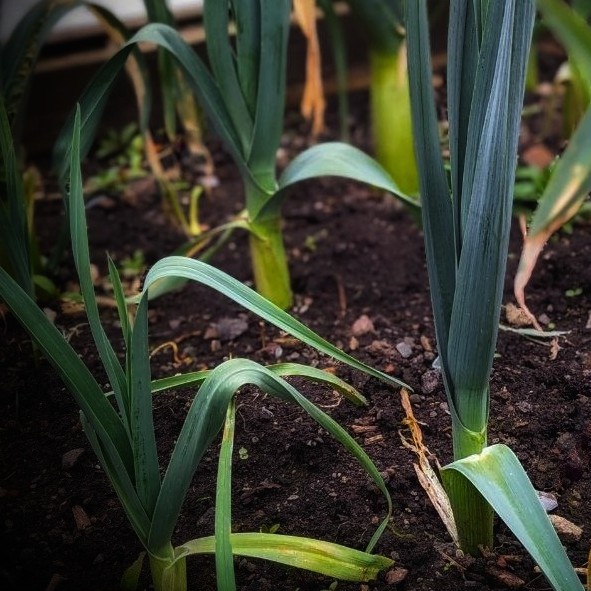
When To Sow Leek Seeds
Sow Leek Seeds From February- April (Did you miss the window ?/ Buy leek seedlings here)
Sow Indoors
- February to April at a depth of around 1 cm in modules, pots or trays in a good quality compost.
- Cover with a propagator lid or cling wrap and place on a sunny windowsill.
- Germination should occur within 2 weeks.
- Once seedlings are large enough, prick out and pot on into individual pots
- Plant Out May-July in a prepared bed that has not grown onions or leeks for at least 3 years. Pant seedlings 20 cm between plants and 30 cm between rows. Cover with Insect Mesh.
- *Be sure to Harden Off indoor raised seedlings first.
What Does Hardening Off Mean?
Plants raised indoors or in a greenhouse environment, need to be acclimatised to cooler temperatures and increased air movement for about two to three weeks before they are planted outdoors permanently. This is a ‘toughening up’ practice to prepare the plants for their new environment.
How to Harden Off
Place your plants out for a couple of hours in a shady part of the garden. The next day, leave them out again for two hours, but this time allow the plants an hour of direct sunshine in the morning. Gradually continue to increase the length of time the plants are in direct sunshine over the course of roughly two weeks.
Sow Outdoors
- Sow Leek seeds thinly at a depth of 1cm from March to April
- Choose a warm, sunny spot for your Leeks to grow..with a well-drained soil. *Make sure Leeks or Onions haven’t been grown in the bed for at least 3 years
- Once Seedlings emerge, thin out to around 20 cm between plants and 30 cm between rows.
- Cover with Insect Mesh
Top Tips for Planting Leek Seedlings
Want lovely chunky stems on your leeks? Follow these steps…
- Using a dibber or Similar, create a planting hole that is around 15 cm in depth
- Carefully remove the Leek seedlings from their pots and tease the roots apart
- Place the leeks in the holes, make sure the bottom of the seedling meets with the bottom of the hole
- Fill each hole to the top with water and leave-do not fill the hole with soil. The soil will naturally move around the seedlings, which allows the leeks room to swell
Earthing Up Leeks
What is Earthing Up? Once leeks are growing strongly and growing foliage, draw up dry soil around the the base of the stalks, this is a process that creates a blanched effect on the shank of the Leek, making for lovely white stalks.
Companion Planting With Leeks
There are lots of other vegetable that would benefit from sharing a bed with Leeks. Strawberries especially are protected from many pests due to the strong odour of the Leek. Cabbages, Tomatoes, Beetroot, and Lettuce also making good companion plants for Leeks, also benefiting from their strong scent, repelling all unwanted pests.
When To Harvest Leeks
Leeks can be harvested at any size! Immature baby leeks can be pulled 2 months from sowing. Established, mature leeks from 4 months onwards.
Can You Eat Leek Leaves
Normally we eat the stalk and discard the leaves. But did you know the leaves can be eaten too? Chop and add them to soups and stews much like you would an onion.
Top Tips For Storing Leeks
Leeks can unfortunately give off an odour that can be absorbed by other foods in your fridge. To remedy this, wrap leeks in cling wrap and do not wash or trim them. They will keep for around 2 weeks in the fridge if prepped this way
Want To Grow A Vegetable Garden?
Creating A Garden ? Take a look at these Frugal DIY Posts…
10 ways to create a vertical Garden
How to Build a Bee hotel from Pallet wood
How To Make A Rustic Fence with Tree Branches
How To make a garden arch with tree branches
Looking For more ‘Homely’ Inspo ?
Have a Nosey Around the Blog! See what i’ve been Baking, Growing and Drinking! Also, pop over and say Hi on Instagram

